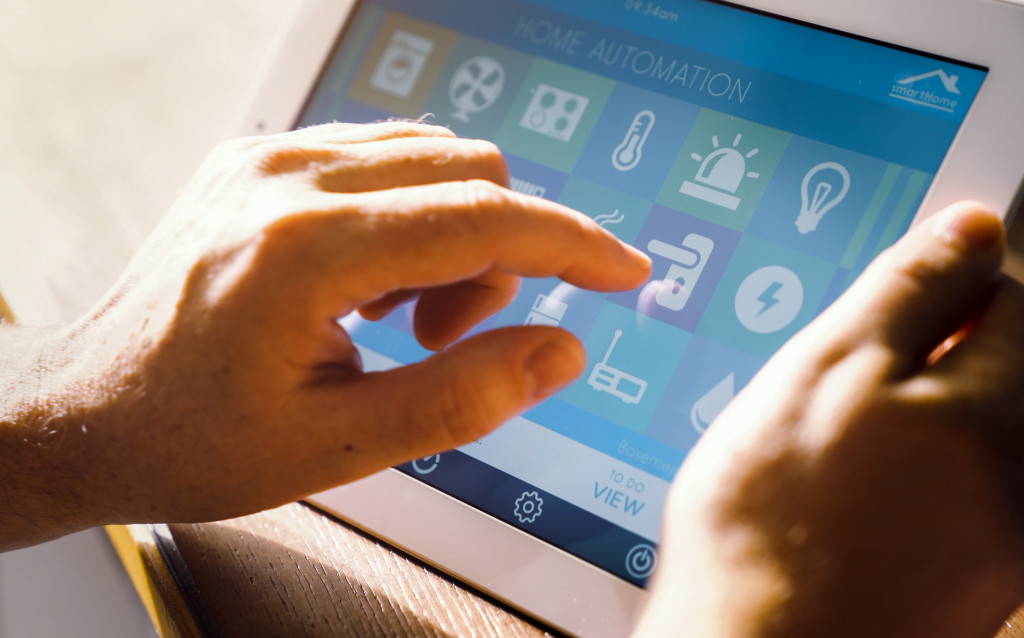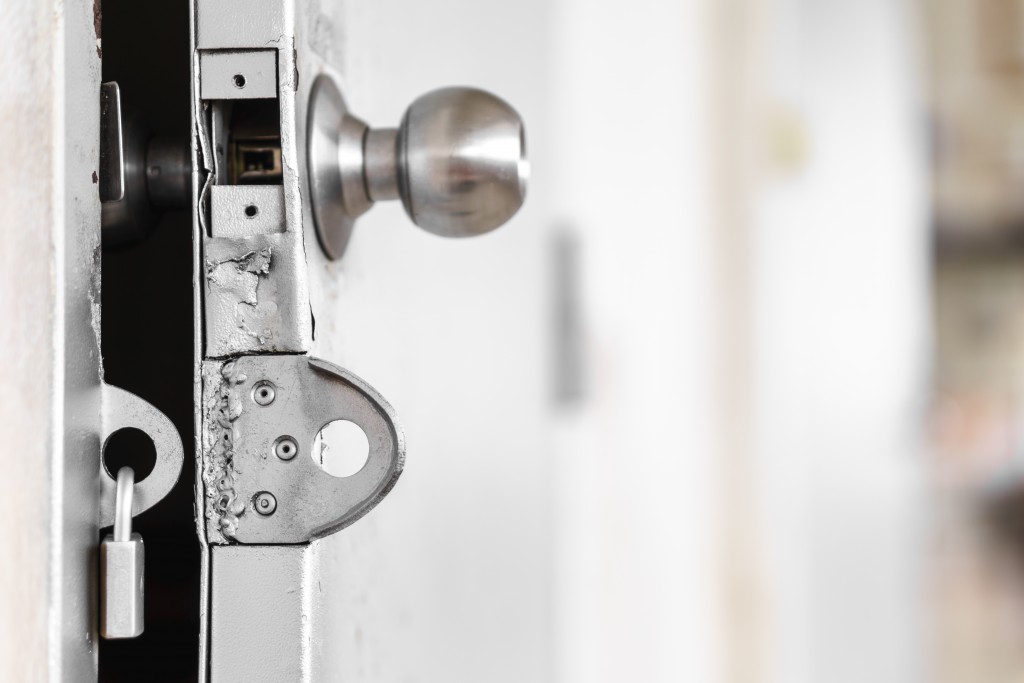Over the years, the number of homeowners converting to and building smart and green homes continues to rise. Owing to the rise of home automation and eco-friendly home equipment, green homes and smart homes have become desirable options for those who would like to take the eco-friendly route.
While these two are often interchanged, they are different. However, both can be integrated to create a true future-ready home.
The Difference
As mentioned above, while a green home and a smart home can work together, there are different things about these two.
A green home is one that’s built with efficiency and eco-friendly ways in mind. Things you can find in a green home include energy-efficient appliances and energy-saving equipment. It uses natural resources to power the home and use equipment that reduces dependency on the mains, whether it’s water supply or electricity.
One of the most important features of a green home is its ability to convert solar power into electricity. Solar panels are compatible with old and new homes, making them an ideal first step towards a green living path. A green home is also referred to as Sustainable Home.
On the other hand, a smart home is technology-centered and uses equipment that helps make operating a home more convenient. Smart home features include security equipment, cooling and heating technology, and the most fundamental element, a reliable and stable high-speed internet connection.
To take advantage of the convenience that smart equipment offers, one must have a home with a stable internet connection. These pieces of equipment can be controlled via apps installed on mobile devices. Ergo, a network connection is necessary to operate these features.
Through the network connection, homeowners with access to these features can control the devices even when they’re away from home.
Main Features of a Green Home
- Built with Sustainable Building Materials
These materials are responsibly sourced and recyclable. This means, if and when the homeowner wishes to make changes in their home, the old materials can be recycled, substantially reducing construction waste.
These materials include sustainable wood, flooring, non-VOC paint, and Energy Star windows. Even the insulation materials used in green homes are made with natural and recyclable materials, such as fiberglass insulation.
- Equipped with Solar Panels
When we talk about green and sustainable living, solar energy is the first thing that comes to mind. When solar panels became available for domestic use, many homeowners opted to have them installed in their homes. It’s helped many households in cutting down their energy consumption, thereby reducing their monthly electricity bills.
- Equipped with Energy Efficient Appliances
What’s a sustainable home without any energy-efficient appliances. These Energy Star appliances use less power to operate, which helps reduce energy consumption. The energy consumption is reduced by up to 50%. These appliances perfectly complement a solar-powered home.

Main Features of a Smart Home
- Equipped with Smart Appliances and Devices
Smart appliances offer convenience at a touch of a button. These appliances can be switched on and off remotely, using an app installed on a mobile device. This gives homeowners more freedom in operating their homes and increases their ability to keep their homes secure, whether they’re in or out.
Smart appliances include smart TV, coffee makers, refrigerators, and programmable cleaning and laundry equipment. Smart devices include virtual assistants, smart plugs, security and monitoring devices.
- Equipped with Climate Control and Smart Lighting
Climate control and lighting are programmable and controllable through apps or their own remote control unit. What’s good about these things is that you can turn them on and off no matter where you are, as long as you are connected to the internet. You can control them by accessing them through your home network; this means you can turn the bedroom AC or lights on or off, even when you’re in another part of the house or even before you get home.
- Programmed with Automation
Aside from smart appliances, smart homes use automation to program lights, climate control, locks, and window coverings. Even when the homeowners are away, they can program these things to turn on and off at certain hours of the day to make it look like someone’s home.
This can deter intruders and thieves from attempting to break into the home. That said, automation helps strengthen home security, making it a safer place for you and your loved ones.
While these homes are two different things, their features can be intertwined and found in a single home. A home can be smart and sustainable at the same time. With these features, your home will be a more comfortable, safer, and healthier space that you and your loved ones can enjoy for years to come.




